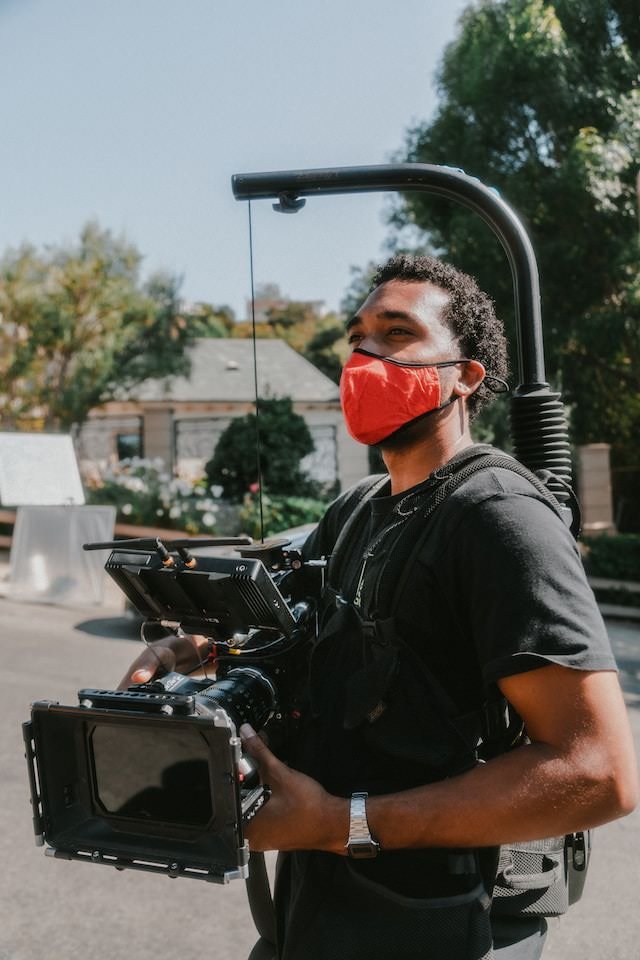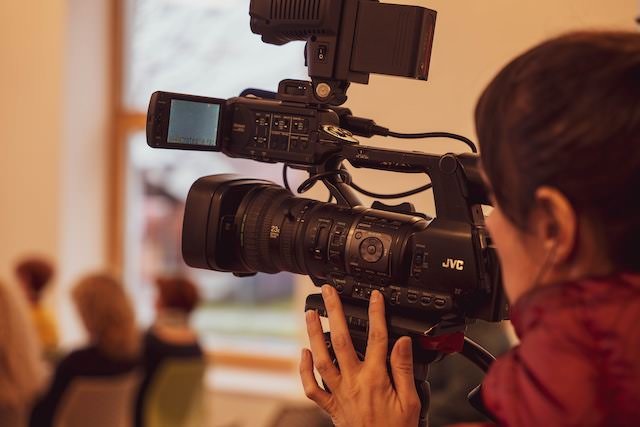The Iconic Directors: Masters of Horror and Inspiration
The art of directing is a tapestry woven together by a director's unique vision, creativity, and ability to bring their imagination to life on the silver screen. These cinematic maestros possess an unparalleled mastery over storytelling, using visual techniques to elicit emotions and captivate audiences. Their directorial style acts as a brush, painting vibrant landscapes that resonate with viewers long after the credits roll.
Each director leaves an indelible mark on their films through their distinct approach to storytelling. Some are known for their meticulous attention to detail, meticulously framing each shot like an artist composing a masterpiece. Others embrace experimentation, pushing boundaries, and defying conventional narrative structures. Whether it's through breathtaking visuals, nuanced performances, or innovative editing techniques, these directors infuse their works with a unique fingerprint that sets them apart from the rest.
Within the realm of horror cinema, there exists a select group of visionary filmmakers and writers whose names have become synonymous with spine-chilling brilliance. These directors, true masters of their craft, have left an indelible mark on the genre, pushing boundaries and captivating audiences with their unique storytelling prowess.
One such legend is Alfred Hitchcock, often hailed as the "Master of Suspense." With his impeccable ability to build tension and create a sense of unease, Hitchcock crafted cinematic experiences that lingered in the minds of viewers long after the credits rolled. From the psychological terror in "Psycho" to the nail-biting suspense in "Vertigo," his films are hauntingly unforgettable.
Hitchcock's influence on the thriller genre is immeasurable, as his innovative techniques and storytelling devices continue to inspire filmmakers today. His meticulous attention to detail and mastery of suspenseful storytelling elevated him to legendary status in the film industry. Hitchcock's impact can be seen in the works of countless directors who strive to recreate the same level of tension and intrigue that he effortlessly achieved.
Another titan in the horror film pantheon is Wes Craven, a mastermind known for his innovation and willingness to explore deeper themes within the genre. Craven's landmark creation, "A Nightmare on Elm Street," introduced audiences to Freddy Krueger—a character who blurred the lines between dreams and reality. By delving into our subconscious fears with utmost creativity, Craven elevated horror into an art form that transcends simple scares.
Craven's ability to tap into the deepest fears of his audience is evident in his other notable works, such as "Scream" and "The Hills Have Eyes." His unique storytelling techniques and knack for building suspense have solidified his legacy as one of the most influential figures in horror cinema.
Masters of horror and inspiration, these iconic directors have redefined the boundaries of cinema with their ingenious use of cinematic techniques. Through their visionary approach, they have crafted unforgettable narratives that leave audiences captivated and craving for more.
One such technique is the artful use of lighting to create a haunting ambiance. These directors understand the power of shadows and how they can evoke fear, suspense, and anticipation. Through strategic placement of light sources and clever manipulation of shadows, they masterfully enhance the atmosphere in a way that immerses viewers in their world.
Though Hitchcock and Craven are no longer with us, there are horror directors who continue the legacy of those who came before them. Mike Flanagan is most recognized for his work on "The Haunting of Hill House" and "Gerald's Game". With his remarkable use of lighting and shadows, he mastered the suspense of expectation in both of these pieces, leading spectators deeper into the weird and unpleasant realms he depicts. Each flickering candle and dimly lit corridor heightens the sensation of unease, demonstrating Flanagan's mastery of light manipulation in capturing the essence of fear.
Another technique that sets these directors apart is their skillful command over camera angles. They are meticulous in selecting the perfect vantage point to convey emotions or build tension. Whether it's a low-angle shot to depict dominance or a high-angle shot to portray vulnerability, each frame is carefully constructed to evoke a specific response from the audience.
Gerard McMurray, much like Hitchcock, showcases his skillful command over camera angles in "The First Purge" by selecting the perfect vantage point to convey emotions or build tension, enhancing the overall impact of the film. Gerard McMurray, a true maestro like Hitchcock, flexes his camera prowess in "The First Purge" by deftly choosing the ideal camera perspective to evoke emotions and build suspense, ultimately intensifying the film's overall impact. With calculated finesse, McMurray's selection of vantage points adds an undeniable depth and heightened sense of cinematic artistry to this gripping work.
Legendary Figures Behind the Camera
Within the realms of cinematic history, certain directors have risen to legendary status, their names forever etched in the annals of film. They are the visionaries and masterminds who have shaped and revolutionized the art form. These extraordinary individuals possess a gift for storytelling that transcends time and captures the very essence of human emotion.
From Alfred Hitchcock's mastery of suspense to Stanley Kubrick's meticulous attention to detail, these legendary figures behind the camera have left an indelible mark on cinema. Their films continue to captivate audiences and inspire aspiring filmmakers across generations. With their unique perspectives and unwavering dedication to their craft, these directors have not only crafted timeless cinematic works but also paved the way for future generations of filmmakers.
Directors are not the sole illustrious figures orchestrating the artistry on the screen. The genesis of every film lies within its screenplay, and it is the writers of these films, who occasionally also assume the role of directors, that epitomize the true architects behind these chilling narratives.
Take, for example, the film Train to Busan. The screenplay was written by Park Joo-suk. Park Joo-suk's skillful storytelling and nuanced character development laid the foundation for the gripping narrative in Train to Busan. Through his words, he breathed life into the heart-wrenching journey of survival, ensuring that this film remains a powerful testament to the immense talent of screenplay writers in cinema. And Yeon Sang-ho, the director, brought that vision to life, therefore creating one of the greatest zombie films of all time.
Delving into the realm of iconic directors and screenwriters has been a journey filled with awe, inspiration, and a deep appreciation for their craft. The mastery of cinematic techniques employed by these visionary filmmakers has left an indelible mark on the world of horror and beyond.
As we reflect on their contributions, we are reminded of the power of storytelling and the ability of film to evoke emotions, challenge our perceptions, and ignite our imaginations. The legacy left behind by these legendary figures serves as a testament to the boundless possibilities within the realm of filmmaking, leaving us with a sense of wonder and anticipation for what future auteurs may bring to the silver screen.
Socials:






















Unveiling how Black culture and style ignite sci-fi and pop culture trends; a celebration of Afrofuturism’s profound influence.